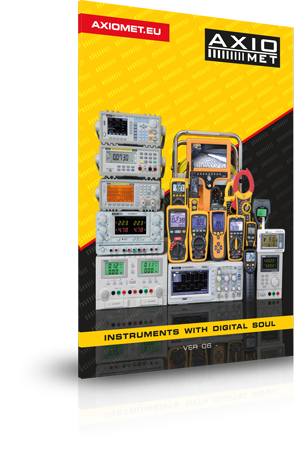What are the criteria of a good lighting?
The existing legal regulations clearly define lighting requirements for different rooms and places. During the assessment of artificial lighting, the following elements are taken into account:
- light intensity,
- uniformity of light,
- dazzle capability and luminance distribution,
- light pulsation and colour rendering,
- shading of light.
European standards define specific values of light intensity for particular rooms. For example, light intensity in classrooms at schools should be equal to 300 lx, in labs from 500 lx to 1000 lx, and in operating rooms – above 1000 lx. Measurements are conducted on the work area with the use of lux meters located in evenly distributed points – usually every 1 m.
Too big differences in luminance in a human’s field of view may cause the so-called dazzle, what makes it difficult to recognise objects. Light pulsation can be a problem too because it causes stroboscopic effects.
Colour rendering is equally important. Standard light of a bulb is warm and more natural for human eye, whereas light of fluorescent lamps is usually cooler. In case of LED lighting, the kind of LEDs used is the most important.
Good, universal room lighting should be based on light source which emits radiation in visible range which is as similar to sunlight as it is possible.
Shading defines how much the light source is concentrated as a result of which it generates shades.













